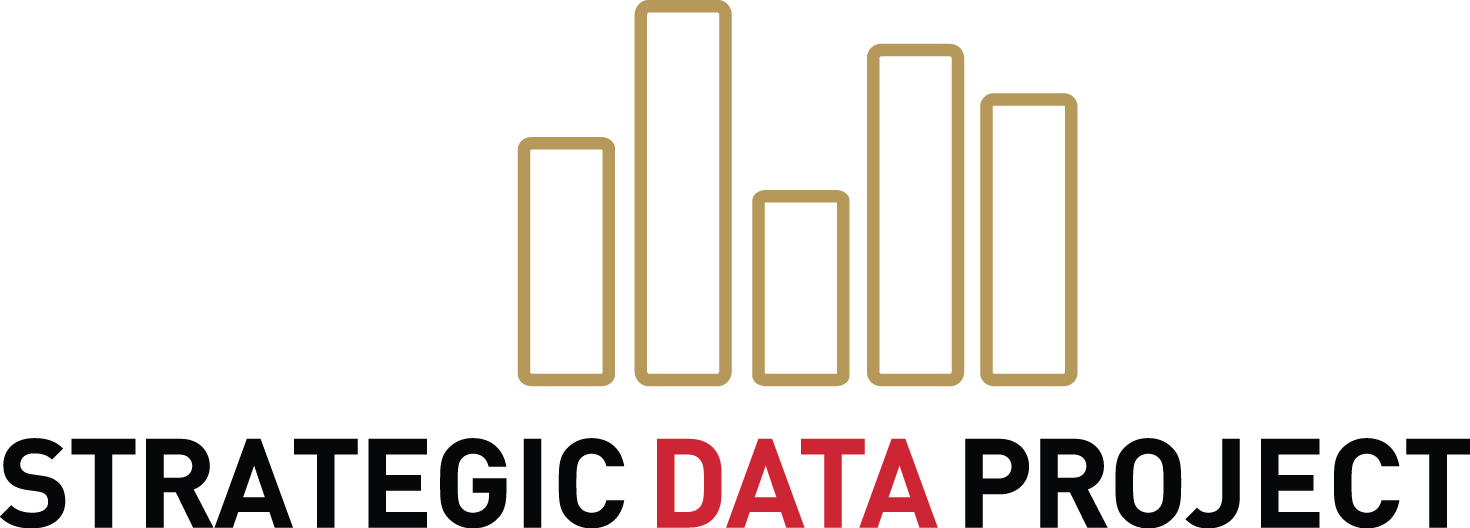Now available in Stata and R!
Institutions are increasingly offering Career and Technical Education (CTE) credentials aimed at helping students succeed in the workforce. Given that postsecondary CTE programs are increasingly serving students who have not historically been served by higher education, it is especially important to know more about the outcomes of students participating in these programs.
The SDP-CTE Diagnostic is intended to provide analyses that will help leaders at community and technical colleges develop and pursue strategic inquiries into patterns of student success. This document’s primary audience is analysts looking to provide actionable information to institutional leaders. While we offer proposed questions, visualizations, and variable definitions throughout the Diagnostic, it is meant to be a flexible framework that supports a careful examination of factors contributing to students’ success outcomes. In other words, you should tailor the analyses, operationalizations, and analyses to fit your needs and context. This Diagnostic is structured around four questions that are critical to answer for institutions seeking to improve their students’ success:
-
Are students more likely to complete some pathways than others? Are pathways equitably supporting students with different levels of academic preparation and students of different demographic characteristics to successful outcomes?
-
Are students dropping or transferring out of some pathways more than others? Where do they go?
-
Are there some required or “gateway” courses that are getting in the way of completion for some pathways?
-
What credit accumulation patterns set students up for longer-term success? How many students are following these patterns?
The narrative document introduces the Diagnostic: background, goals, terms, overviews of analyses, example visualizations, and suggestions for further reading. The technical guide accompanies the main narrative document. Analysts should refer to the technical guide for more details about how to execute the analyses: data decisions to make, data specifications, model considerations, practice interpreting statistical output, and more. Learn more about the need for this tool and our expansion into support for using R.
